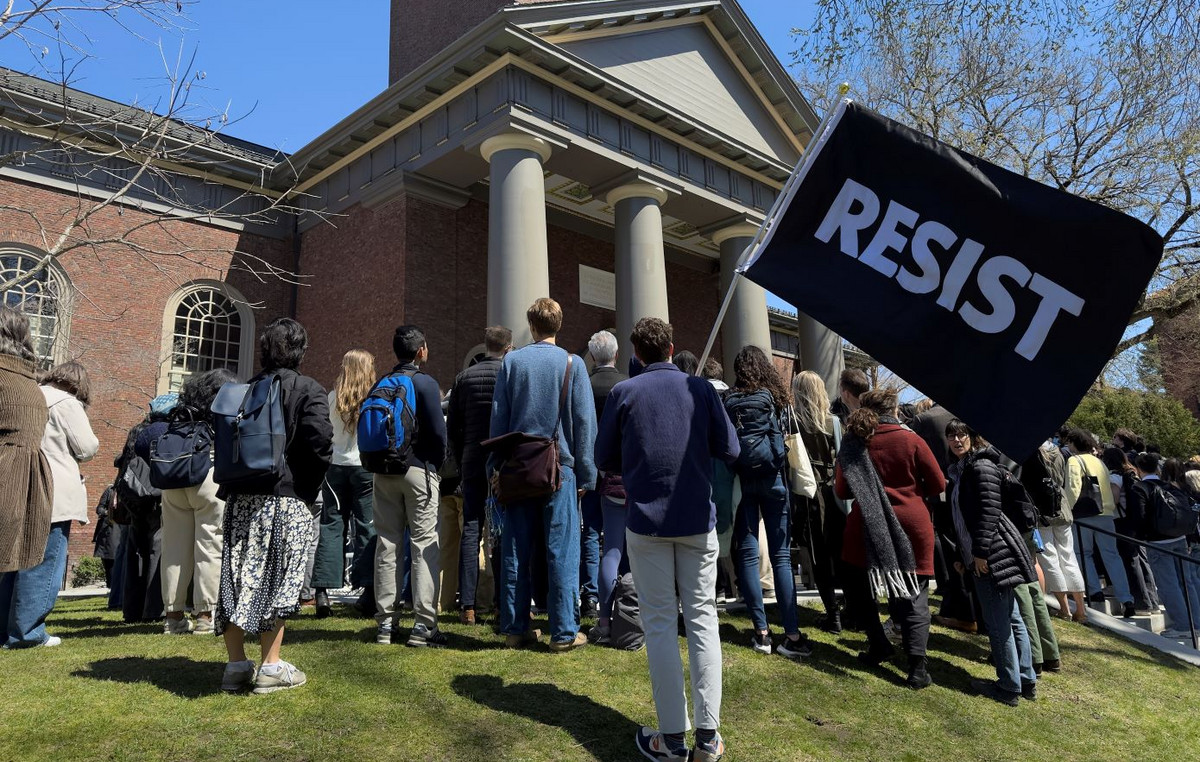About 17.1 million people live in Brazilian favelas. A group that, if added together, would be responsible for the fourth most populous state in the country, behind only São Paulo, Minas Gerais and Rio de Janeiro and represents 8% of the national population.
The data are the product of a survey by the Locomotiva Institute, in partnership with Data Favela and Centra Única das Favelas (Cufa), and illustrate the reality of a population that, this Thursday (4), celebrates Favela Day.
The date was chosen because, on this day, in 1900, the term favela appeared in an official document in Rio de Janeiro. It is believed, however, that it was coined at the end of the 19th century, where there was the Morro da Favela, the scene of the Canudos War.
The survey points out that the Brazilian favela is an urban condition: 89% of this population is located in Metropolitan Regions. According to the survey, in them, the black population represents 67%, a level well above the national average of 55%.
Post-doctorate in Comparative History, from UFRJ, and advisor to the Center for Articulation of Marginalized Populations (Ceap), babalaô Ivanir dos Santos highlights that the date is important as an instrument for seeking visibility, and highlights the historical context in which expression emerged, which it points to as discriminatory.
“The term appears for the first time in the Republic, when the chief of police in the capital (Rio de Janeiro) issues an arrest order. The Military Police of Rio appeared a year earlier, in 1899. A period that marks the establishment of the criminal code. It is a day of awareness, as important as the Black Awareness Day, which, by the way, takes place in the same month. And November is still the month of the Republic. All of this gives a lot to think about”, he says.
President of Cufa, Preto Zezé highlights another data from the survey: favela residents move BRL 119.8 billion in own income per year. The value exceeds the mass of income of 20 of the 27 units of the federation and is greater than the consumption of South American neighbors such as Bolivia, Uruguay and Paraguay. The entity organizes itself to make the date official by the federal government.
“Today, we are already on the calendars of Minas Gerais, Espírito Santo, Rio de Janeiro, São Paulo and Fortaleza, but we want to be on the national calendar and we are mobilizing in this direction”, he says.
“Unfortunately, if it weren’t for mobilizations like Cufa, A Voz das Comunidade, Papo Reto and other collectives, the communities would have gone into social upheaval during the pandemic. Favelas also produce wealth, our fight is to show that we don’t just have misfortune”, says the activist.
According to the latest Census, Rio de Janeiro is the city with the most people living in communities of this type: 1.39 million people, followed by São Paulo, with 1.28 million.
The capital of Rio de Janeiro is also home to the most populous favela in Brazil: Rocinha, in the South Zone. According to the Census, the community has at least 70,000 inhabitants and is more populous than 90% of Brazilian municipalities, according to the IBGE.
However, although this is a theme more associated with the routine of large cities, the greatest concentration of residents in communities is in the Northeast and, mainly, in the North of the country. In Belém, over 54.48% of the population lives in housing of this profile, the highest proportion among capitals. In Rio, the concentration is 22.16%.
Santos understands that the date is important to awaken visibility and broaden social sensitivity to the problems of communities.
“Visibility is important for the formation of public policies. Favelas suffer from unemployment, housing conditions, problems with access to water and basic sanitation. Hunger is very present, problems that existed before the pandemic and were aggravated by it. The fundamental thing is that people who live in favelas are considered citizens, which does not happen”, concludes the researcher.
This Thursday, Cufa and collectives promote an extensive cultural and service program throughout the country. On the musical level, the tribute is to the life and work of the samba artist Arlindo Cruz.
Reference: CNN Brasil







